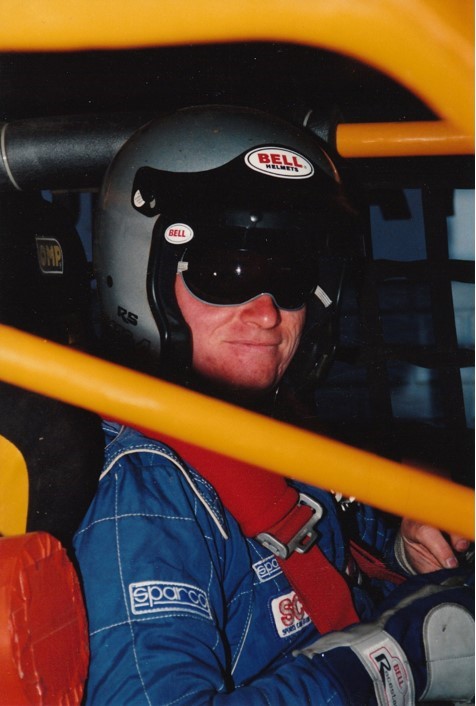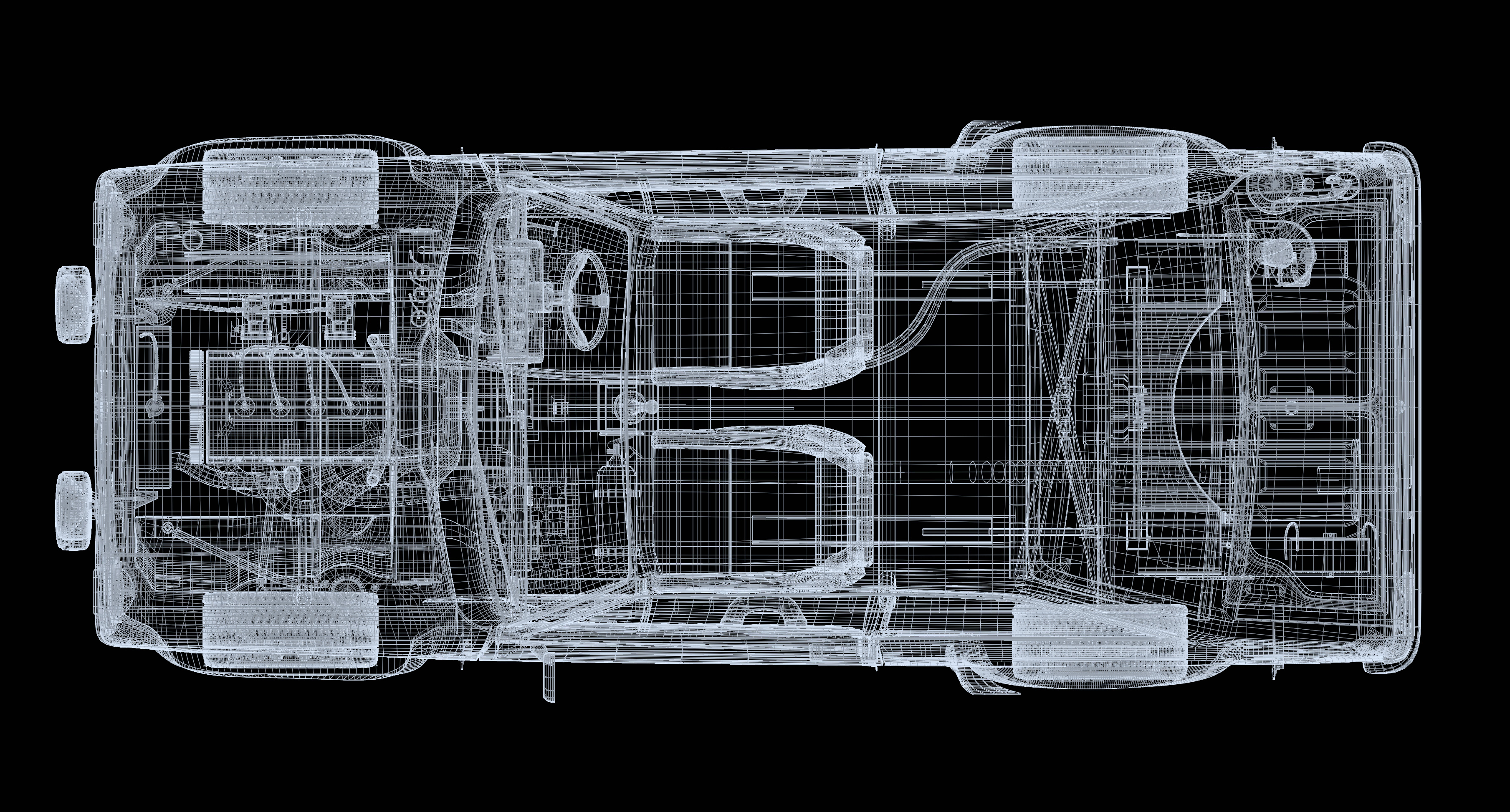Majestic Mont-Tremblant

Straight4’s Creative Video Director JonZ heads to the sacred valley to commune with an icon of North American motorsport. He came back with the sacred texts …
There are three types of motorsport fans—those who know and love Mont-Tremblant, those who know and love it as St-Jovite … and those who are about to discover the greatest sleeper track in North America…
Montreal-based Creative Video Director at Straight4 Jonathan Marier spent a bucolic late-summer day taking some reference shots for █████████ … and came away with the magic of this place captured in all its heroic majesty.

The track sits about 100 Ks north of Montreal, and, if you believe Wikipedia, it’s the second oldest racetrack in Canada. Sim racers of a certain vintage, meanwhile, will recall that one of the first mods ever made for GPL was named St-Jovite: back then, the circuit was known as Circuit Mont-Tremblant-St-Jovite, a name that was shortened to Circuit Mont-Tremblant in the track’s heyday during the ’70s.

The whole place was created by a local hotel owner named Leo Samson and dedicated to local ski legend Pete Ryan who, after his ski career was cut short by injury, bought himself a race car and became Canada’s first F1 driver (winning the first Canadian GP at Mosport in ’61) before running out of luck in France in ’62, aged just 22.
The track goes back to a time when motorsport was about the purity of racing and the very real test of a driver’s courage.

The setting’s natural landscape—below the Mont-Tremblant ski hill—created a glorious and challenging layout of 15 fast- and medium-speed turns that all combine to produce one of the world’s greatest racing venues.
And that included—back before it was flattened out—the ridge on the backstraight that became known as “the Hump” and where Brian Redman famously came unglued, and where thousands of drivers before and after have come to a sobering evaluation of their courage: getting airborne was one thing, getting the landing wrong was another because even the smallest mistake meant a rapid adventure into the trees that sat right on the edge of the track.

Rumour has it that Bruce McLaren himself helped in the initial design of the track which was built in two phases—started in ’64 and then completed to its full 4.2KM layout in late ’65. The track was an immediate success, too: the inevitable (but in this case warranted) comparisons to the ’Ring enough to entice Can Am in ’66, IndyCar in ’67, and F1 in ’68 (by which time half the field had sprouted wings), and all joined by a host of elite series from Trans-Am and Formula 5000 to Formula Atlantic.
All the legends of motorsport have raced here: McLaren, Gurney, Stewart, Donohue, Parnelli Jones, Revson, Hunt, Follmer … and the Villeneuve boys, of course, both of whom were graduates of the Jim Russell Racing School that was founded here in ’69 and whose most recent graduates include Nicholas Latifi and Lance Stroll.

And as it turns out, Lance’s dad is also intimately associated with this place. Before Lawrence Stroll came to save the day, Mont-Tremblant was in dire distress: pretty-much left to rot during the late-’80s and ’90s as other major Canadian venues took centre stage, it was facing the same kind of gloomy future that has befallen so many of the great icons of that era. Until Lawrence Stroll, uh, strolled in and saved this icon of motorsport for future generations.

Stroll poured a small fortune into improving the facility: new surface, track- and run-off area-widening, and pit lane expansion were just a few of the improvements that enabled Mont-Tremblant to get the FIA’s blessing.

For a few years after, the old legend was back at the top of motorsport venues, with ChampCar and Grand Am and Rolex Sports Car Series coming in the mid-’00s. But its remote location soon saw it return to a genteel life of historic racing that now includes the world famous “Sommet des Légendes”.
But make no mistake, this remains one of the greatest tests of a driver’s skill and courage in world motorsport.








.png)

























